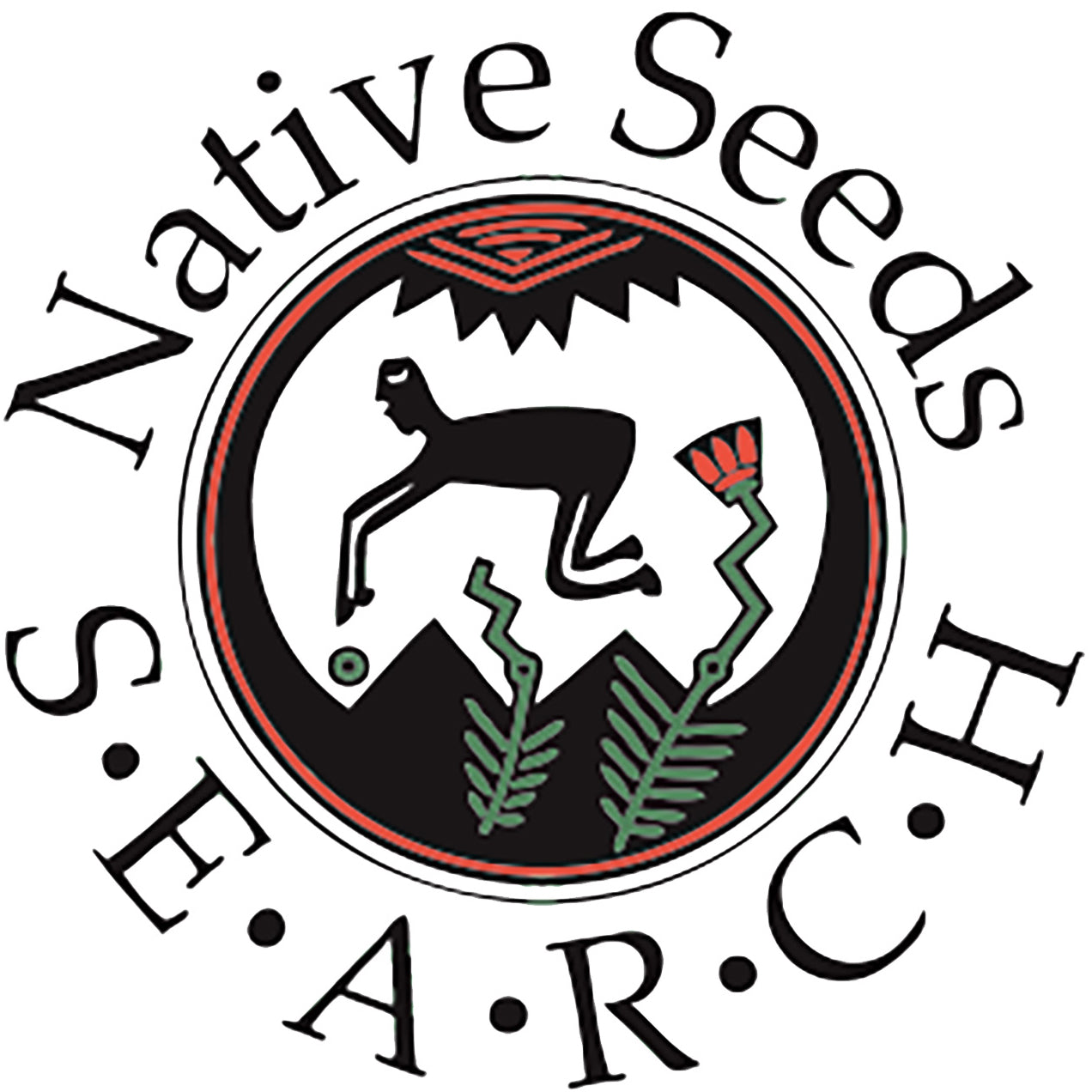
BOTANICAL NAME:
Lagenaria siceraria
COLLECTION SITE:
El Fuerte, Sinaloa, Mexico
COLLECTION DATE:
1999
HISTORICAL ORIGINS:
It is believed that gourds originated in Africa. The gourds found in the US first arrived in the Americas around 10,000 years ago. There are several theories about how these gourds came here. They may have arrived in boats or were hand-carried across a land bridge or floated across the Atlantic Ocean from Africa. It is thought that gourds were thus the earliest domesticated plant in the Americas, and radiocarbon dating has shown that gourds have been used as containers for at least 9,000 years.
CULINARY USES:
Gourds are generally too bitter to be eaten.
CRAFT USES:
Gourds have been used for thousands of years as bottles, containers, fishing floats, and musical instruments. The Mayo Deer Dance Rattle is specifically used to make rattles for Mayo deer dance ceremonies. The gourds are cleaned and filled with beans, or nowadays, BB pellets, which make a loud noise when the rattle is spun.
SOCIO-CULTURAL IMPORTANCE:
The Mayo, or Yoreme, people, inhabit the Rio Mayo Valley in Sonora and the Rio Fuerte Valley in Sinaloa, Mexico. The Mayo trace their ancestry back to the hunting and gathering people of Northwest Mexico and Southern Arizona. They are related to the Yoeme or Yaqui peoples of Southern Arizona and Sonora, Mexico and share many similar cultural traditions. The deer dance – or Pajko’ora – ceremonies were originally an opportunity to celebrate the disconnectedness of all living beings and give thanks to the sun (Itom Achai Taa’a), plants and animals that supported human life. As the Mayo became more sedentary in their lifestyle, and began to farm, deer dances were performed to mark important events in the agricultural year that accorded with the constellations. In the 1620s, Catholicism began to dominate Mayo culture, and deer dances evolved further, incorporating and celebrating Christian festivals. Contemporary Pajko’ora ceremonies now present an intriguing mixture of historical, earth-based Mayo philosophy and Catholic worship. Deer dances are performed to mark the feast days of popular Catholic Saints, as well as other important holidays such as Palm Sunday. They are also held for village art fairs in Sonora.
The Pajko’ora ritual is made up of a deer dancer, who either wears a deer head or a mask. The dancer represents the deer itself. Deer singers provide the music and voice of the deer. It is said that when the deer dancer puts on the deer head or mask, he feels a deep connection to the earth that gave him life. The deer dancer wears giant silk moth cocoons, known as tenevari, around his legs, which is said to mimic the sound of a rattlesnake, the symbol for rain and fertility. The gourd rattle is spun, not shaken, as the deer dances. Bells are worn around the dancer’s waist and represent both the seven stars of the big dipper, which used to guide Mayo farmers in their activities, and devotion to Catholic Saints.
CULTIVATION TECHNIQUES:
Mayo agriculture traditionally makes use of astrology, taking cues for planting and harvesting based on the positions of the stars and the cycles of the moon. Gourds are growing in the spring and summer. Their white flowers open are open at night and in the early mornings and are pollinated by insects including moths. Gourds begin as green fruits that are very heavy with water and tissue. To make into a rattle they must be dried for several months, either in the field or hung to dry. They will lose much of their weight and the outer shell will become hard. It can be etched, cut, or carved.
REFERENCES:
Erikson, D.L., Smith, B.D., Clarke, A.C., Sandweiss, D.H., & Tuross, N. (2005). An Asian Origin for a 10,000-year-old Domesticated Plant in the Americas. Proceedings of the National Academy of Sciences: 102 (51). Retrieved from http://www.pnas.org/content/102/51/18315.full
Molina, Felipe S. (2015) Circle of Dance, Yoreme Pajko’ora Dance. Retrieved from http://nmai.si.edu/exhibitions/circleofdance/yoreme.html#about
